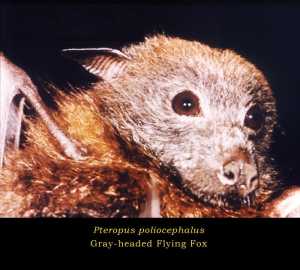Author Interviews, Cancer Research, HPV, OBGYNE / 15.08.2019
Cervical Cancer: New HPV RNA-Seq Test Diagnoses Riskiest Forms of HPV Infection
MedicalResearch.com Interview with:
Marc Eloit, D.V.M, Ph.D.
Pathogen Discovery Laboratory, Biology of Infection Unit,
Institut Pasteur
Paris, France
MedicalResearch.com: What is the background for this study?
Response: Human papillomaviruses (HPV) are responsible for >99% of cervical cancers. Currently, cervical cancer screening either focuses on testing for the presence of HPV or identifying abnormal cervical cells with cytology (Pap test). However, molecular diagnostic tests based on the detection of viral DNA or RNA have low positive predictive values for the identification of cancer or precancerous lesions, and analysis of cervical cells with the Pap test, even when combined with molecular detection of high-risk HPV, results in a significant number of unnecessary colposcopies.
We have developed HPV RNA-Seq, a new “two-for-one” molecular diagnostic test that not only detects the type of HPV, but also identifies precancerous markers. This test is therefore designed to diagnose the riskiest forms of HPV infection, provide rapid results at moderate cost, and helps avoiding unnecessary diagnostic procedures.
HPV RNA-Seq is based on the dual combination of multiplexed reverse transcription PCR (RT-PCR) and next-generation sequencing (NGS). RT-PCR is a sensitive way to detect small amounts of RNA, the genetic material that reflects the activity of the HPV genes, and NGS finely characterizes the amplified viral sequences. This enables detection of up to 16 high-risk or putative high-risk HPV in a sample as well as the presence of precancerous markers.
(more…)


